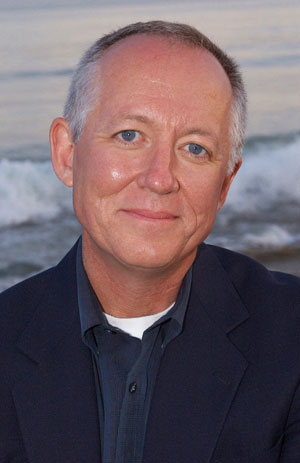Ottawa intellectual property lawyers are anticipating a renaissance in the city’s technology sector, which all but imploded following mass layoffs seven years ago.

Prior to 2001, Ottawa was dubbed Silicon Valley North and was home to more than 20 leading technology companies, albeit mostly in the telecom sector.
In just over a year, major players such as Nortel, JDS, Newbridge Technologies, and Mitel pulled out, resulting in upwards of 30,000 layoffs in a short time frame.
But many of the technology innovators employed by the major companies remained in the city, went on to launch their own enterprises, and are attaining success.
Currently there are upwards of 1,820 technology companies in the region, 80 per cent which have fewer than 50 employees and are successfully marketing their products globally, according to the Ottawa Centre for Research and Innovation.
Recognizing the pending recovery, the OCRI has launched a celebratory campaign called 82000reasons.com.
“We’re probably just about due for a resurgence in investment across the board and we have that many more seasoned, high-tech entrepreneurs who’ve been both successful, and maybe not-so successful, but who have learned a lot from the past,” says Michael Andrews, a partner at Andrews Robichaud LLP IP and business law firm.
“The reality is that following the slowdown, there are a lot of very talented people here - some who are doing very well and some who didn’t do so well, but who learned an awful lot.”
He says there are strong indications the sector is positioned to rebound and when it does, he expects the recovery will be more sustaining as entrepreneurs and investors take heed of lessons learned.
“There are certainly a lot of inquiries on behalf of local entrepreneurs and they’re getting more sophisticated and considering the brand side rather than just the technology side,” says Andrews.
“In the 80s and 90s, they tended to overlook the importance of branding but they’re starting to look at that now. The big boys are very savvy about branding and this would be very good for the local-based market.”
In the current environment, many energetic technology companies are developing innovations and growing their operations to a certain size, then seeking opportunities to be acquired by a global multinational.
These serial entrepreneurs typically then launch another company and repeat the process.
But in advising clients, Andrews says he encourages them to look at the big picture opportunities that could enable a home grown company to map its own destiny.
“Companies are recognizing they can develop home-based, IP-centric businesses and take them globally themselves,” he says.
“The more that these companies make use of a combination of strategies of their own R&D and also align themselves with other IT rich companies and develop strategic joint ventures, it will help the Ottawa-based and domestic-based companies to get a toehold and reach a point in size where they can do more internationally.”
With the Canadian Intellectual Property Office headquartered in the city, along with the federal court, Ottawa has long been an IP hub, although the tech sector implosion of 2001 simply encouraged law firms to turn their attention to global players.
Andrews Robichaud has, for instance, been serving mostly international clients with innovations in new media, entertainment, and consumer products and services inbound for the Canadian market.
“In serving not only locally based clients but also international companies, we’re fortunate in that we’re seeing how the rest of the world deals with this and is organizing themselves” in terms of facilitating IP strategies, he says.
Attendance to international conferences is integral to making contacts at law firms worldwide through which business can be expedited for clients; the number of participants to one international conference the firm attends has grown from 1,000 to more than 10,000 in the past several years, says Andrews.
Randall Marusyk, a partner at Ottawa’s MBM Intellectual Property Law LLP, agrees the resurgence should prove to be more stable.
“We found when the boom was occurring there was a lot of silly money being thrown at projects and they actually were not looking much at IP,” says Marusyk. “We actually got more work after the bust because people are looking for the best use for their IP dollars.”
In keeping with the prevailing trend of launching a company for acquisition, Marusyk says more of the fledgling businesses are paying more attention to IP details.
“[It’s] likely they’re not going to get any further funding unless they have all their patent protection,” he says. It can take upwards of three to five years for an entrepreneur to develop the technology, and acquire the requisite IP licensing before an investor or larger company will consider it a promising venture, he says.
“Investor interest is 50 per cent based on technology and proof of concept work and will it integrate into the larger organization, and 50 per cent of the value based on their patent portfolio,” says Marusyk.
“I would say most companies are funded now with much smarter money and there is also very strategic use of the money spent on IP dollars and patent dollars.”
Much of the investment money or acquisitions are originating from outside of the country, he says.
Marusyk adds that once the North American investment market rebounds, the city will be well positioned to flourish.
“The sector is much more diverse now than just telecom,” he acknowledges. “So there will be a lot of opportunity to spin-off companies locally.”

 Prior to 2001, Ottawa was dubbed Silicon Valley North and was home to more than 20 leading technology companies, albeit mostly in the telecom sector.
Prior to 2001, Ottawa was dubbed Silicon Valley North and was home to more than 20 leading technology companies, albeit mostly in the telecom sector.